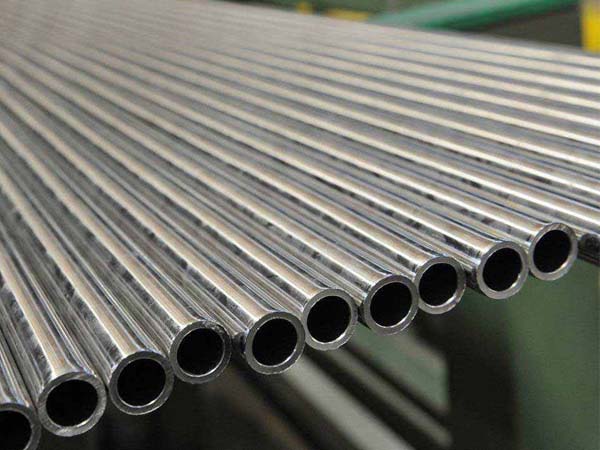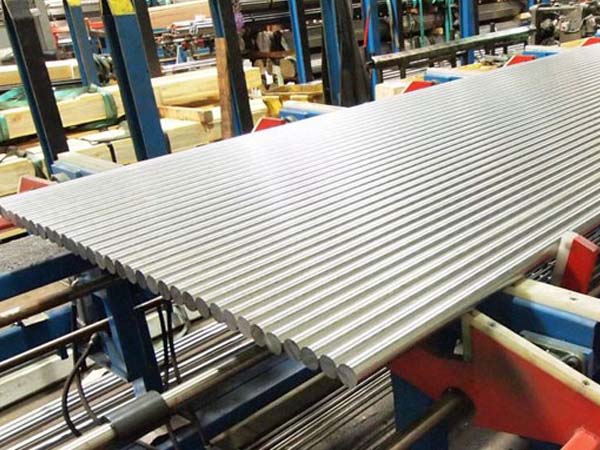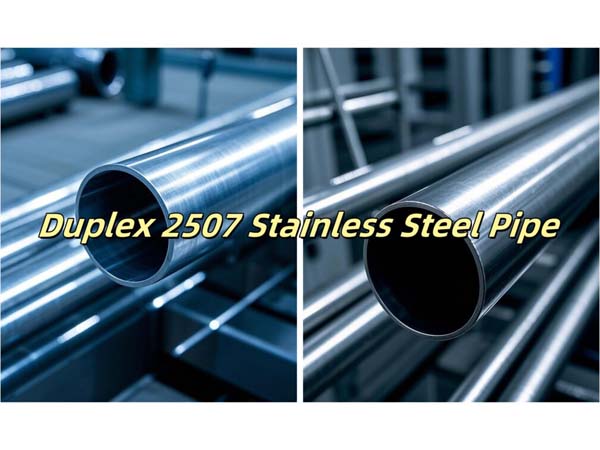





Phone
+86-731-82250427
Address
25th floor, C3 Building, Wanda Plaza, Kaifu District, Changsha, Hunan Province, China.
 Mar 4 2024
Mar 4 202417-4PH stainless steel (UNS S17400, W.Nr. 1.4542) is a type of martensitic stainless steel that contains chromium, nickel, copper, and niobium. It is known for its exceptional combination of strength, hardness, and corrosion resistance. This material is magnetic and exhibits excellent mechanical properties. It can be readily welded and processed using standard fabrication techniques. Additionally, 17-4PH stainless steel offers high resistance to crack propagation, favorable transverse properties, and proven durability against stress corrosion cracking in marine settings.
Aerospace Industry: Structural components, landing gear, and aircraft fittings
Oil and Gas Industry: Valve components, wellhead equipment, and downhole tools
Chemical Processing: Pumps, valves, and heat exchangers
Medical Applications: Surgical instruments, orthopedic implants, and dental tools
Defense Applications: Barrels, firing pins, and receivers
|
Material |
Cr |
Ni |
Cu |
C |
Mn |
P |
S |
Si |
|
17-4PH |
15.0-17.5 |
3.00-5.00 |
3.00-5.00 |
0.07max |
1.00max |
0.04max |
0.03max |
1.00max |
|
Material |
Tensile strength |
Yield strength 0,2 |
Elongation |
Hardness HB30 |
|
1105N/mm² |
1000N/mm² |
15% |
363HB |
17-4PH stainless steel offers favorable corrosion resistance, comparable to that of 304 stainless steel in most environments, and generally superior to the stainless steels in the 400 series. It is well-suited for applications requiring a combination of moderate corrosion resistance and exceptionally high strength. Similar to 304 stainless steel, this grade may experience pitting and crevice corrosion in warm chloride environments. However, it exhibits high resistance to stress corrosion cracking when aged at temperatures of 550°C or higher. Increasing the aging temperature improves the material's resistance to stress corrosion cracking. It is important to note that 17-4PH stainless steel is not typically utilized in the solution-annealed condition A, as it has lower resistance to stress corrosion cracking and reduced ductility in this state.
Solution Treatment (Condition A): The solution treatment involves heating the material to a temperature of 1040°C for a period of 30 minutes, followed by air cooling to a maximum temperature of 30°C. For smaller and less complex sections, oil quenching can be used.
Age Hardening: After the solution treatment, a single low-temperature "age hardening" process is applied to attain the desired properties. This treatment does not cause any distortion and only leads to superficial discoloration. A slight reduction in size may occur during the hardening process.
The heating of 17-4PH stainless steel is commonly performed for the purpose of heat treatment. This process entails subjecting the material to specific temperatures and maintaining it at those temperatures for a specified duration in controlled atmospheres. The material is then cooled in air or quenched to prevent oxidation and attain the desired mechanical properties, improved strength, and hardness. Additional post-treatment processes may be necessary to meet the final product specifications.
Pickling is a widely used method to eliminate surface impurities and oxide layers from 17-4PH stainless steel. It involves immersing the material in a pickling solution, typically an acid-based solution, to dissolve contaminants and restore the material's corrosion resistance.
Hot Forming: To hot form 17-4PH stainless steel, it should be heated uniformly within the temperature range of 1742–2192°F (950–1200°C). Following hot forming, a complete solution anneal is necessary, with subsequent cooling below 76°F (25°C) and aging at the required temperature. The specific post-forming heat treatment should be chosen based on the desired mechanical properties.
Cold Forming: 17-4PH stainless steel has limited cold forming capabilities. Cold forming can only be performed on plates that are in the fully annealed condition. To improve stress corrosion resistance, re-aging at the precipitation hardening temperature is recommended after cold working.
Machining of 17-4PH stainless steel can be carried out in both the solution-annealed and precipitation-hardened states. The machinability of the material may vary depending on its hardness. While high-speed tools can be used, carbide tools are generally preferred for machining 17-4PH stainless steel.
17-4PH stainless steel exhibits excellent weldability and can be easily welded using common processes such as shielded metal arc welding (SMAW), gas tungsten arc welding (GTAW), plasma arc welding (PAW), and gas metal arc welding (GMAW). The favorable chemical composition of 17-4PH stainless steel contributes to its good welding performance. The presence of copper in the alloy does not adversely affect the welding behavior, and the small amount of niobium has no significant impact on the welding process.
Ø Bar & Rod
Ø Plate & Sheet
Ø Coil & Strip
Ø Pipe & Tube
Ø Fitting: Flange, Tee, Elbow, Reducer etc.
Ø Forging: Ring, Shaft, Circle, Block etc.
Ronsco is a supplier with more than 27 years of experience in the special metal field, we always adheres to the business phiosophy of "customer-centered", tries its best to meet the requirements of customers and pursues win-win cooperation with customers. Are you looking for special metal products one-stop supplier! Contact Us Now! Email: marketing@ronsteel.com
